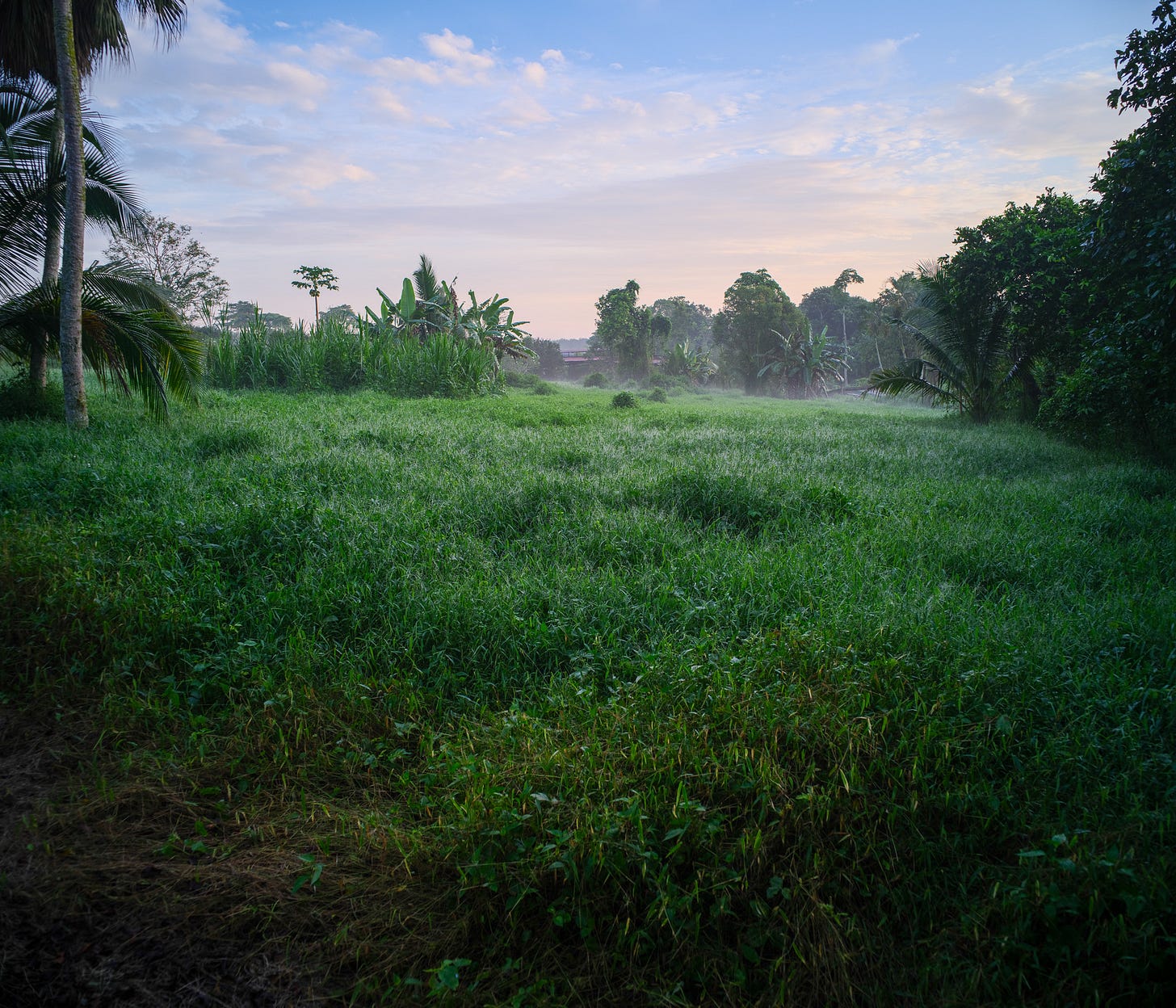10 Days of Type 2 Fun / Sitting a Vipassana Course
I just wrapped up a ten-day Vipassana service in Malaysia. This article describes the method.
The goal of Buddhism is to teach non-attachment and communicate the understanding of impermanence.
The challenge is that while this can be appreciated as an abstract idea, translating this into practical wisdom is something else.
Developing that practical wisdom is Vipassana.
According to the Theravāda theory of mind, all thoughts, ideas, and feelings are correlated with sensations on the body (I take the field of sensation to equal the nervous system, and I often imagine some dorm room mushroom-addled psychedelic poster of the meditation consciousness here, but this of course might be a corruption).
According to the theory, we can cultivate sustained awareness of the field of bodily sensation through anapana meditation—focusing on the breath and corresponding sensations on the nose and in the nostrils.
With this focused awareness, we can explore the sensorium / field of sensation. This field can be described as non-rational space governed by an unpredictable manifestation of pleasant, neutral, and unpleasant sensations.
As we spend more time in the field (garden?) of sensations, we develop the living insight that the only thing we can be assured of is that unpleasant sensations will come and go, pleasant sensations will come and go, and neutral sensations will come and go.
In this field of awareness, the meditator will start to develop different forms of attachment or rejection to the sensations that present themselves. This is because the sensations can be very extreme. Some of them are hellish. Some of them are mystical. Some of them are pleasantly mundane.
What emerges though is the realisation that any attachment to / evasion of sensations creates its own cascade of suffering.
So the meditative act becomes an exercise in acceptance of the sensations on the body as they immediately manifest themselves. This entails a sort of speed run of the foundational insights of the Buddha, not just at a theoretical level, but at a very living level.
In practice the theory checks out for me. It contains strong overlaps with some of the core type 2 fun I like to have, like hiking, cycling etc.
I also realised after this sitting that I've been practicing this intermittently for 15 years. Time flies!




